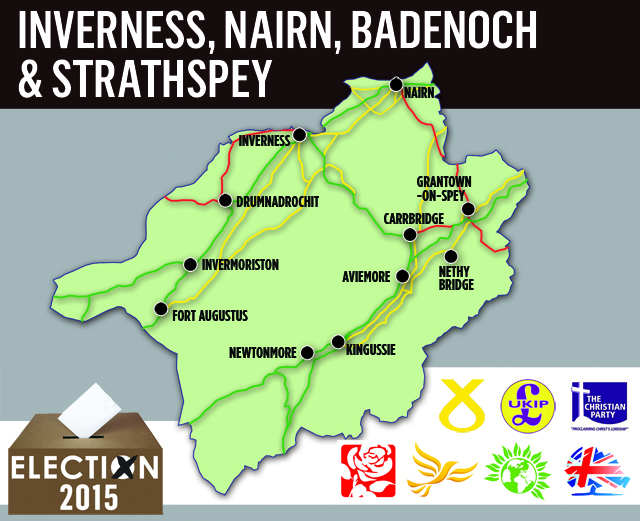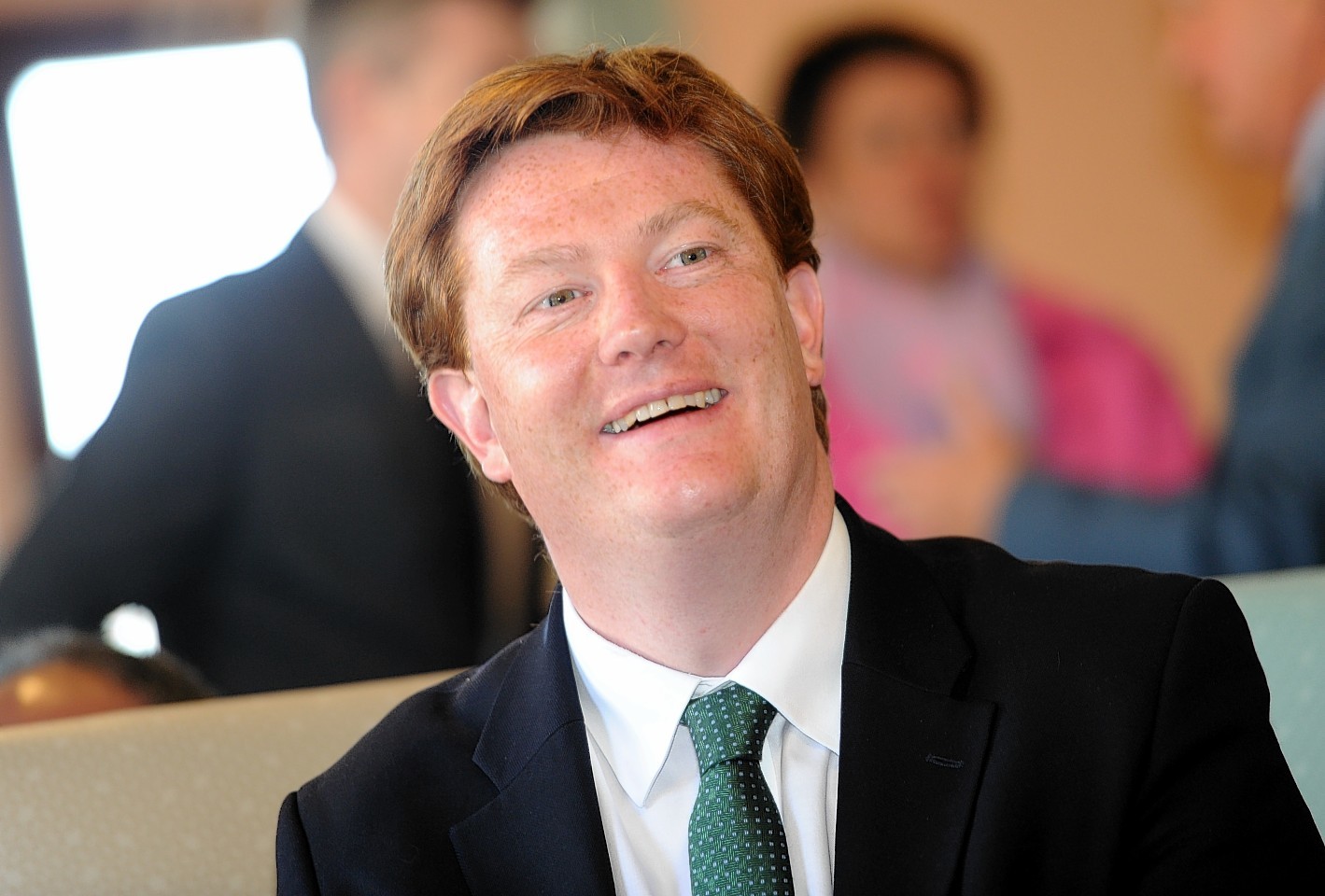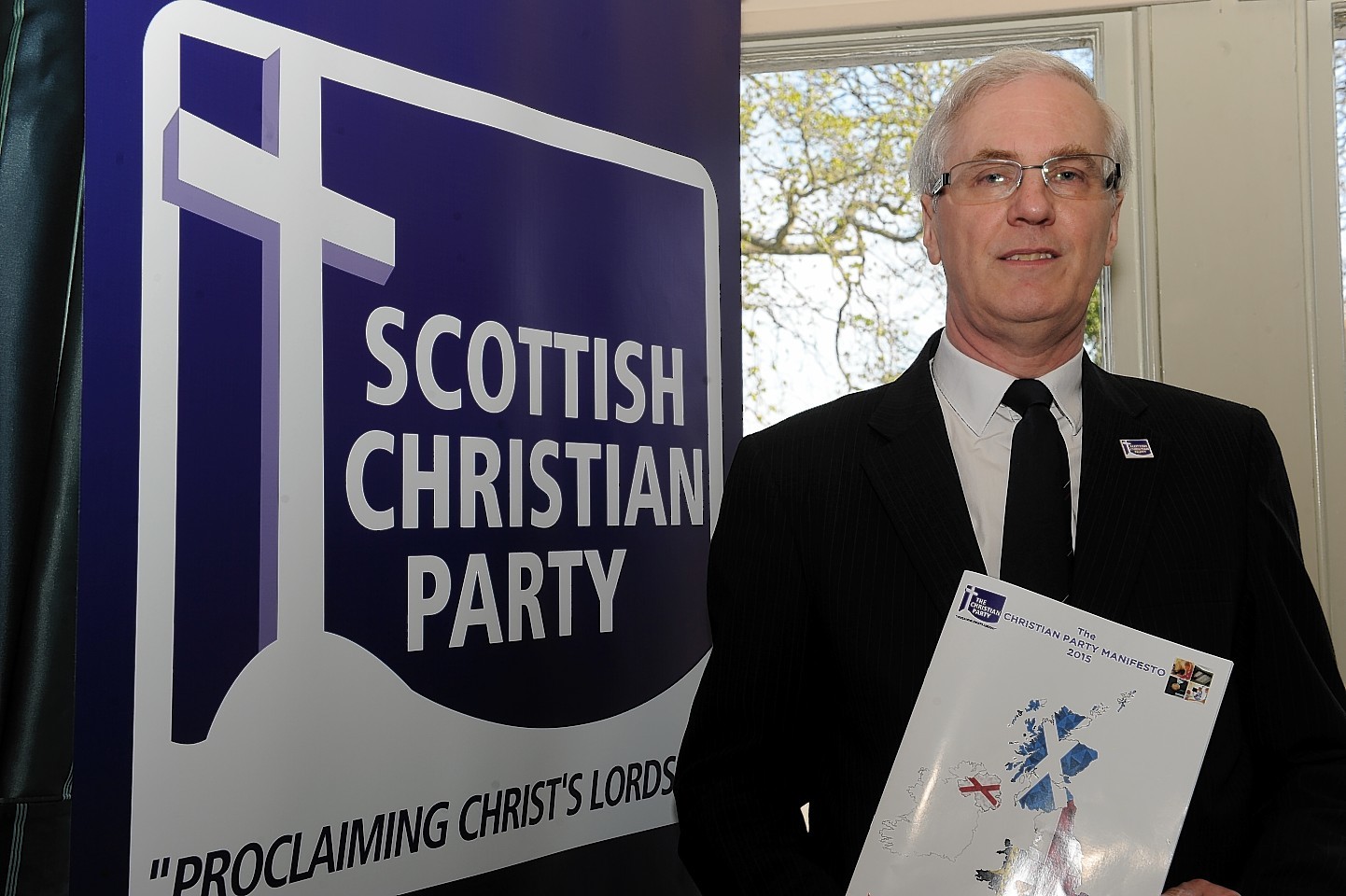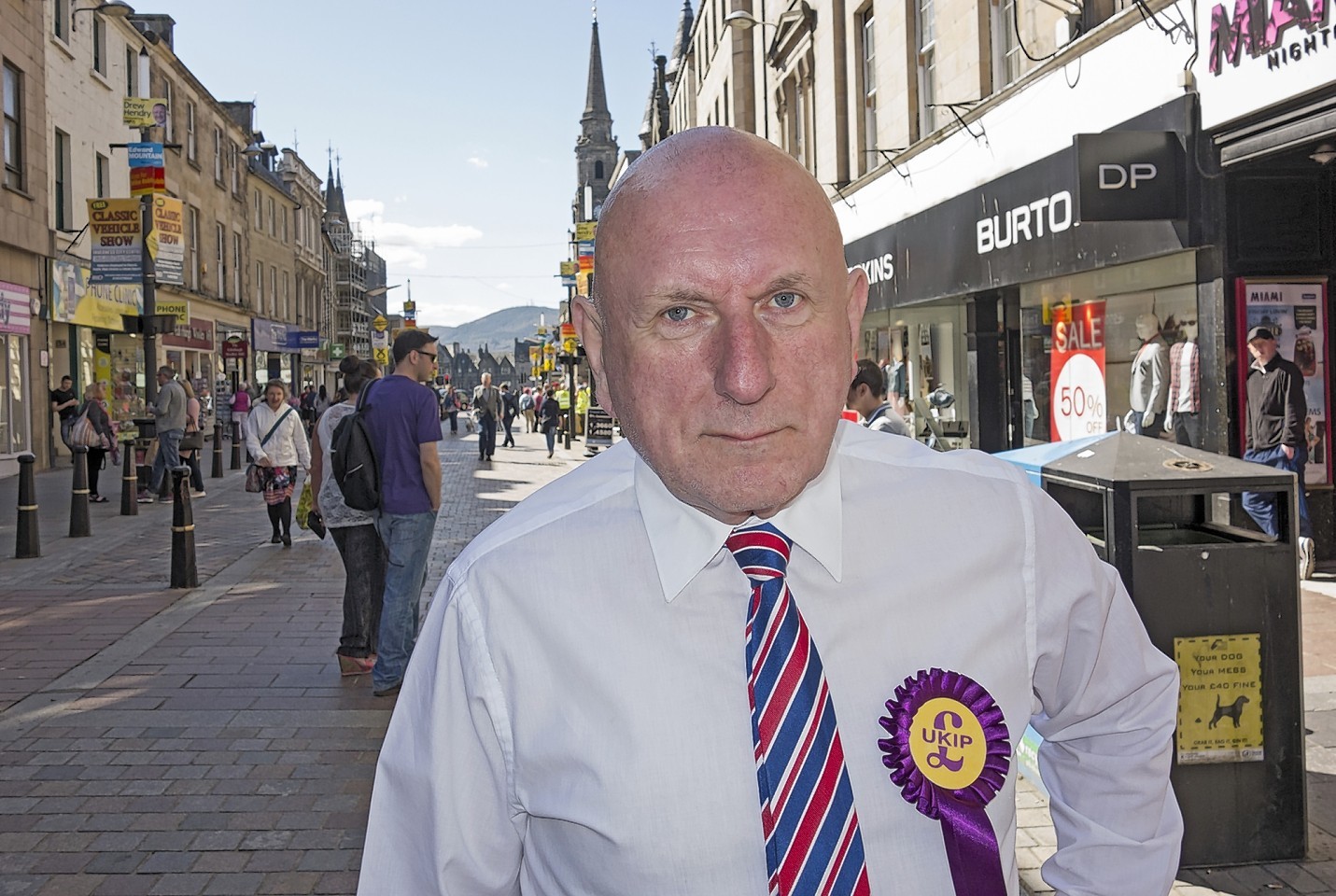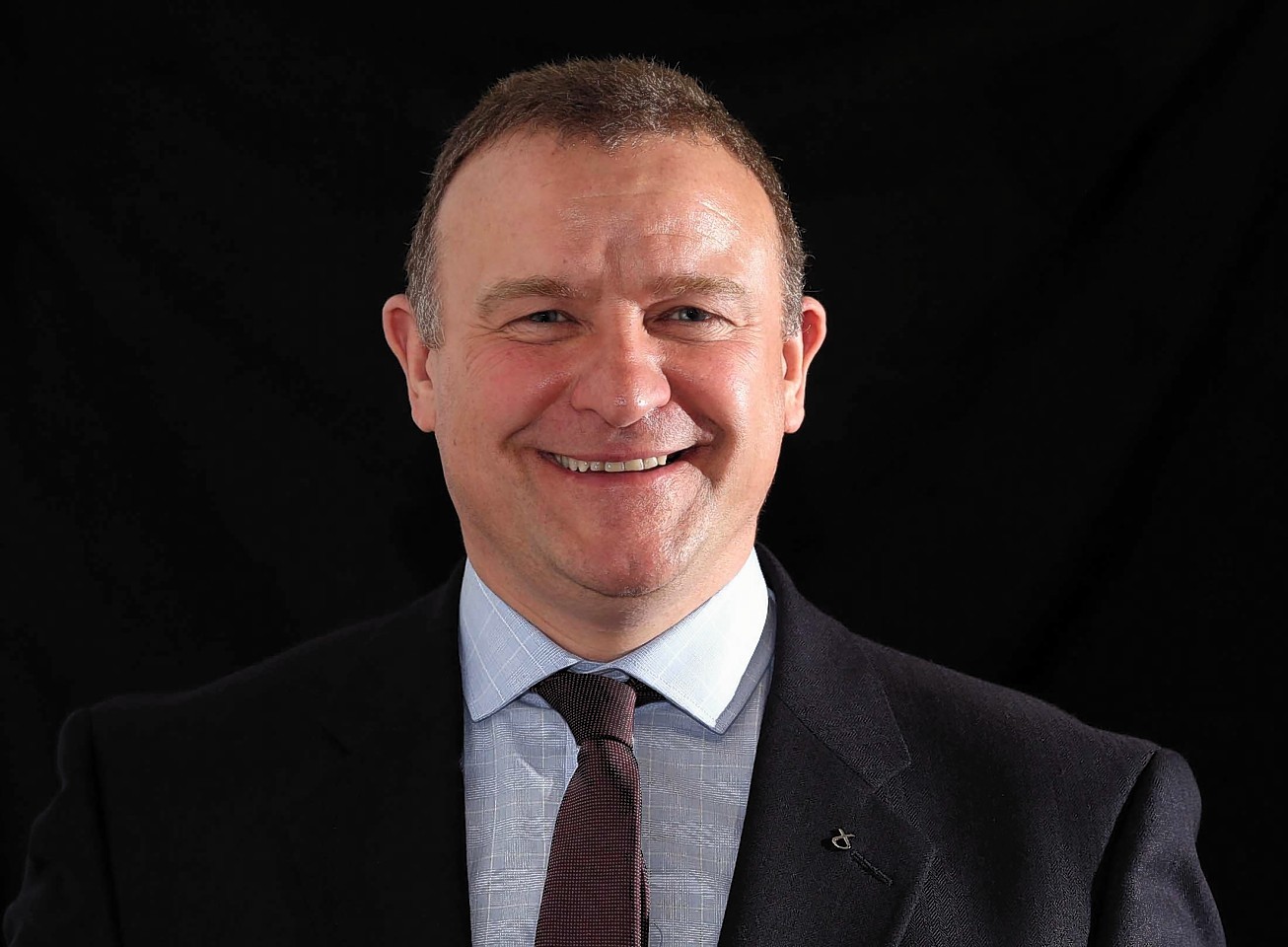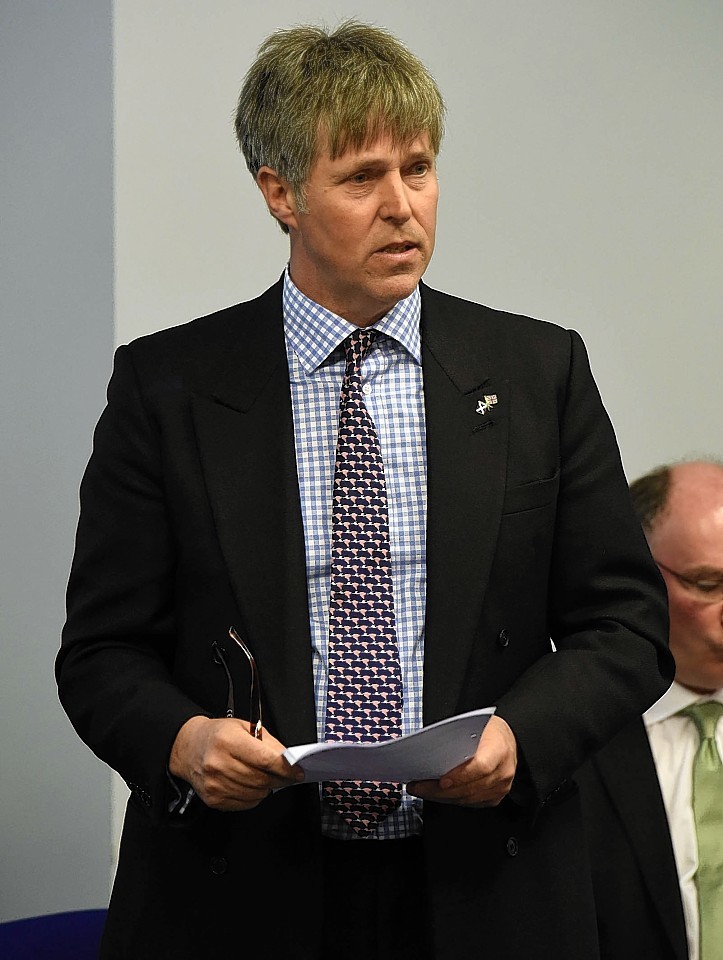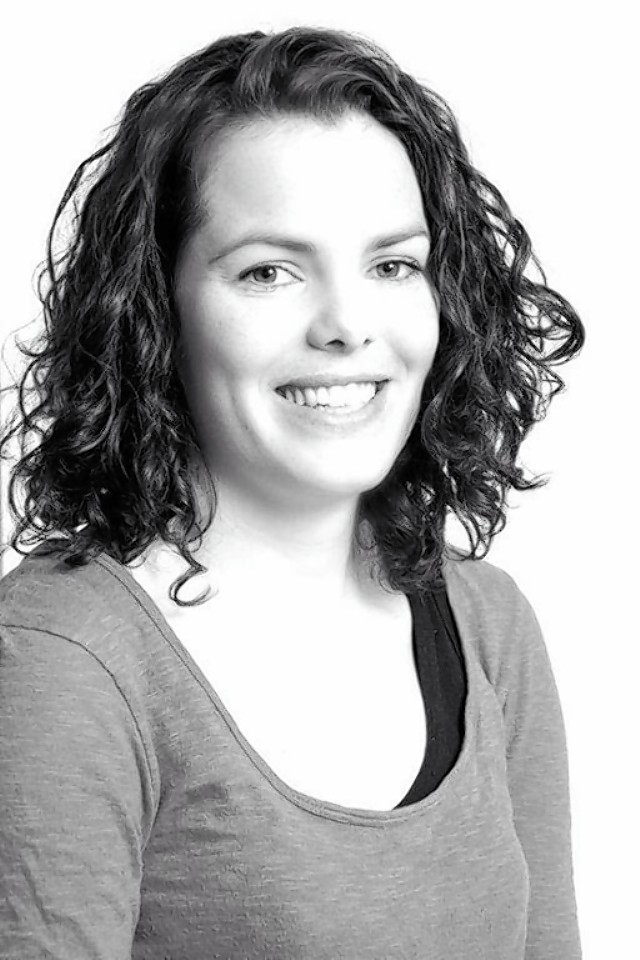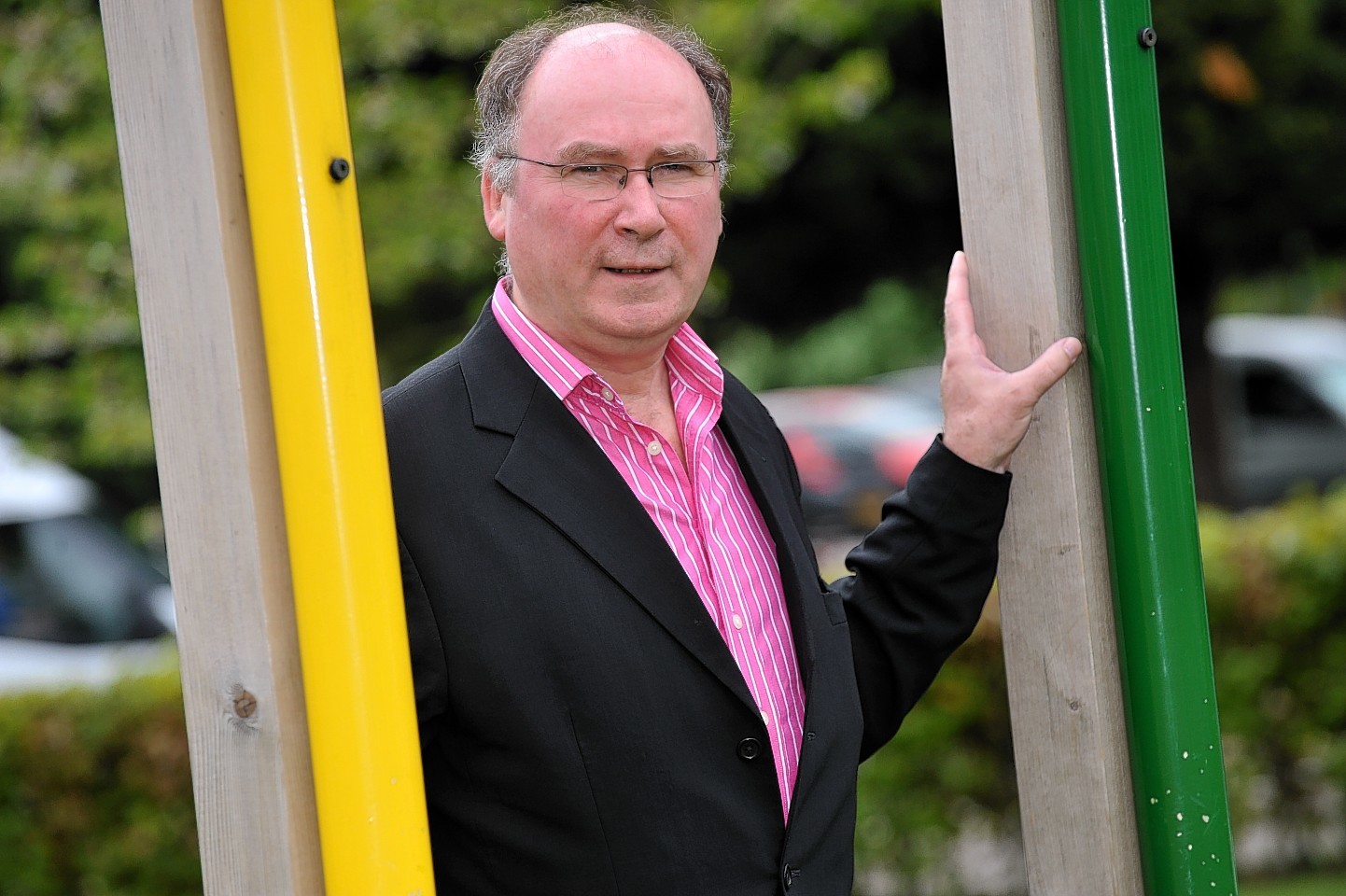After months of jostling for votes in the Highland capital, Calum Ross finds out if the election will be the last stand for one of the chief architects of the coalition.
The battle for Inverness is one of the most intriguing sub-plots in an election that has not been short on drama.
Having enjoyed an unlikely yet meteoric rise to the top of the UK Government five years ago, the scriptwriters say Danny Alexander’s political career is poised to fizzle out and crash back to Earth on May 7.
The demise of the fourth most powerful man in the country has been forecast in the shadows of the place where it all began a decade ago for the former Cairngorms National Park press officer.
From the peaks of those mountains in the east, to Loch Ness in the west, the key battlegrounds in “Inverness, Nairn, Badenoch and Strathspey” are outlined in the constituency’s name.
The Highland capital itself is clearly the beating heart of the seat and, as with Scotland’s other cities, is symbolically important for the parties.
The prospect of such a high-profile ministerial scalp makes it even more attractive to the SNP, who are considered to be Mr Alexander’s main challengers.
But while the chances of Drew Hendry, the Nationalist leader of Highland Council, ousting the chief secretary to the Treasury can only have been boosted by his party’s surge in support since the referendum, in truth the seat was an SNP target long before September 18 last year.
Indeed, a constituency poll 12 months ago found that Mr Alexander was trailing in third place.
The loss of support has been attributed to the Liberal Democrats’ woes nationally, as well as Mr Alexander’s role in the coalition’s austerity programme, and close links to David Cameron, George Osborne and his friend Nick Clegg.
As such, the political scrapping for votes between the parties has been going on in Inverness for months, witnessed in the bitter rows over the delays to dualling the A9, the introduction of average-speed cameras, and the arming of local police officers.
The conflict almost destabilised Highland Council in the wake of the referendum, when the Lib Dems threatened to terminate their power-sharing alliance with the SNP.
As far as many commentators are concerned, Mr Alexander has already lost.
That view was cemented by a Lord Ashcroft poll in February which put the Liberal Democrat a full 29 points behind the SNP.
But many who have met the minister in recent weeks have made the same observation – that he appears remarkably confident.
Mr Alexander is genuinely proud about his record in government and believes it will help him over the line.
From the 5p fuel discount and tax cut for ski lifts, to the Inverness City Deal, many Westminster-based commentators have been astonished by the amount of money he has been able to funnel north from the Treasury.
One well known pundit privately remarked recently that the area would boast the “most ungrateful electorate in history” if it turfed out the first Highland MP to sit in the Cabinet for decades.
There is also a sense that the poll ratings have not entirely helped Mr Hendry’s cause, potentially encouraging tactical anti-SNP voting, while raising expectations so high for the council leader that it would now be more of a surprise if Mr Alexander won than lost.
The Nationalists remain confident, however, with one Scottish Government minister reporting that he never once felt during last year’s referendum that the Yes side was ahead in the race, but that he does believe Mr Hendry is winning in Inverness.
And Mr Hendry can point to his own record of delivering for the area at the local authority, including pressurising Mr Alexander’s government on issues such as the City Deal.
While it remains to be seen whether there will be a late twist in the story, both candidates would admit that the contest could be closer than many expect.
And Inverness has a history of hosting tight electoral battles.
Politics students still learn about the previous Inverness, Nairn and Lochaber seat at the 1992 election, in which four candidates were separated by just 1,741 votes, making it the closest four-way marginal in the UK since 1918.
That race was won by Mr Alexander’s predecessor Russell Johnston, who strengthened Inverness’s long association with the Liberals, representing the city from 1964 to 1997.
Labour also has a strong tradition in the Highland capital, with David Stewart winning in 1997 and 2001 for the party in Inverness East, Nairn and Lochaber.
Mike Robb, the Labour candidate next month, finished runner-up to Mr Alexander in 2010, and will hope he is not squeezed out of the running by the SNP surge and tactical voting, and can turn the tussle into a three-horse race.
The Conservatives and Unionists between them held Inverness throughout the 1950s, and the party’s candidate Edward Mountain, a farmer and ex-serviceman, already has experience campaigning in the north, having fought the Holyrood seat of Caithness, Sutherland and Ross in 2011.
Smaller parties have also been drawn to Inverness at election time, with no fewer than nine candidates standing in 2010.
That list included Donald Boyd of the Scottish Christian Party, who finished above both the Greens and Ukip, and is contesting the seat again next month.
The Greens were represented by Donnie MacLeod in 2010, and his daughter Isla O’Reilly will aim to take advantage of the party’s rise in support since the referendum as she takes on the mantle this time.
Reversing that generational handover is the Ukip candidate Les Durance, who is the father of the party’s 2010 representative in Inverness, Ross Durance.
He will hope to lay the ground for the party’s push for seats at Holyrood next year.
Candidates
Liberal Democrat
Danny Alexander
Profession: Politician
Scottish Christian Party
Donald Boyd
Profession: GP
Ukip
Les Durance
Profession: Runs firm Cairngorm Outdoors
SNP
Drew Hendry
Profession: Highland Council leader
Conservative
Edward Mountain
Age: 54
Profession: Farmer
Green
Isla O’Reilly
Profession: Pilates teacher
Labour
Mike Robb
Age: 58
Profession: Runs IT business
2010 result
Danny Alexander, Liberal Democrat, 19,172
Mike Robb, Labour, 10,407
John Finnie, Scottish National Party, 8,803
Jim Ferguson, Conservative, 6,278
Donald Boyd, Christian Party, 835
Donnie Macleod, Green, 789
Ross Durance, UK Independence Party, 574
George MacDonald, Trade Unionist and Socialist Coalition, 135
Kit Fraser, Joy of Talk, 93
